The Influence of Natural Disasters on Gameplay Dynamics
Natural disasters, while primarily known for their devastating impacts on human lives and environments, affect many areas that may not immediately come to mind. One such area is the digital entertainment sector, particularly gaming. This article delves into the ways natural disasters influence gameplay across various platforms and genres, highlighting the dynamic nature of this interaction.
Disruption of Online Gaming Services
A core facet of modern gaming lies in its reliance on online connectivity. Online gaming thrives on steady internet connections and robust server architectures. Consequently, when natural disasters strike, they can severely disrupt these foundational elements. Hurricanes, earthquakes, and floods are typical examples of events that might cause substantial damage to infrastructure, leading to internet outages and power failures.
Players in affected regions often experience connectivity issues as telecommunications networks go offline or experience degraded service. The global nature of online gaming means that even local disasters can ripple outwards, affecting players worldwide. Server downtimes become commonplace as service providers rush to restore infrastructure. Meanwhile, players attempting to log into popular games can be met with frustrating lag issues, which degrade the gaming experience.
In addition to affecting player access, these disruptions can lead to a broader impact on the gaming community. Gaming companies often have to rally their support teams to manage an influx of connectivity-related player complaints, thereby straining resources that might otherwise be directed toward game development and improvement.
Altered Player Behavior and Engagement
Natural disasters don’t just impact the external infrastructure needed for gaming; they also lead to changes in player behavior and levels of engagement. In areas hit hard by disasters, individuals naturally focus on securing their basic needs and safeguarding their loved ones, thus making gaming a secondary concern. The result is a noticeable decline in active players from these regions.
Conversely, in regions that are only indirectly affected by the disaster, gaming can serve as a refuge. People turn to games as a safe haven, a distraction from the anxiety, uncertainty, and stress that often accompany such crises. This can lead to a short-term surge in gaming activity and engagement as individuals look for an escape. During these times, gaming communities might see increased interaction as players seek camaraderie and connection via their shared interests.
For gaming companies, these shifts in player behavior must be monitored closely to understand engagement metrics fully. Companies might need to adjust their strategies and game-centric communications to align with the shifting focus and emotional states of their users.
Impact on Game Development and Release Schedules
The process of creating and releasing new games is intricate and time-sensitive. Game development studios are not exempt from the disruptions that natural disasters cause. Studios and development hubs located in vulnerable areas might find their operations disrupted due to necessary evacuations, damage to physical facilities or loss of workforce. These factors all contribute to delays that can snowball, causing project timelines to be extended.
The implications of these delays are significant. A delayed game release can impact marketing strategies, as campaigns tied to release dates must be rescheduled. Additionally, revenue streams may be affected if anticipated titles don’t hit the market on their originally intended launch dates. Such unintended postponements can also dampen consumer excitement and anticipation, challenging game studios to re-engage their audience once operations are back on track.
Adaptive Measures and Resilience Building
Given the inevitability of natural disasters, many gaming companies have begun implementing adaptive strategies to ensure continuity of service and operational resilience. One critical step involves setting up redundant data centers strategically located to minimize risk. By diversifying the geography of these critical infrastructures, companies can better withstand localized disruptions and maintain service across unaffected regions.
Another promising development is the rise of cloud gaming technology. Cloud gaming reduces reliance on local hardware, allowing users to access games via remote servers. This technology is particularly beneficial during disasters when physical gaming infrastructure, such as local game consoles or PCs, might be unavailable or damaged. By leveraging cloud technology, companies can maintain game accessibility for players even amidst broader infrastructure challenges. The adoption of robust cloud solutions signifies a growing trend towards resilience and adaptability within the gaming industry.
The Role of Community Support and Awareness
While natural disasters can isolate individuals and communities, the gaming world often comes together in solidarity, showcasing the potential for digital platforms to be used for more than mere entertainment. Community support mechanisms spring into action, with both players and game developers organizing in-game events, fundraising activities, and awareness campaigns to assist those affected. These charitable efforts not only provide tangible help to victims but also promote a sense of unity among players, creating a global support network in times of need.
Game companies frequently participate in these efforts, using their platforms to match player donations or by contributing directly to relief initiatives. This collaborative spirit helps harness the power of gaming communities as positive forces capable of making a real-world difference. Such initiatives demonstrate how the gaming industry can extend its reach beyond digital confines to enact meaningful social contributions.
In conclusion, while natural disasters present significant challenges to the gaming industry, they also offer a unique opportunity for adaptation, resilience building, and community support. By tapping into these elements, gaming not only persists but can thrive in the face of adversity. For those interested in further insights into how technology aids disaster resilience, exploring organizations focused on humanitarian technology efforts can provide a deeper understanding.



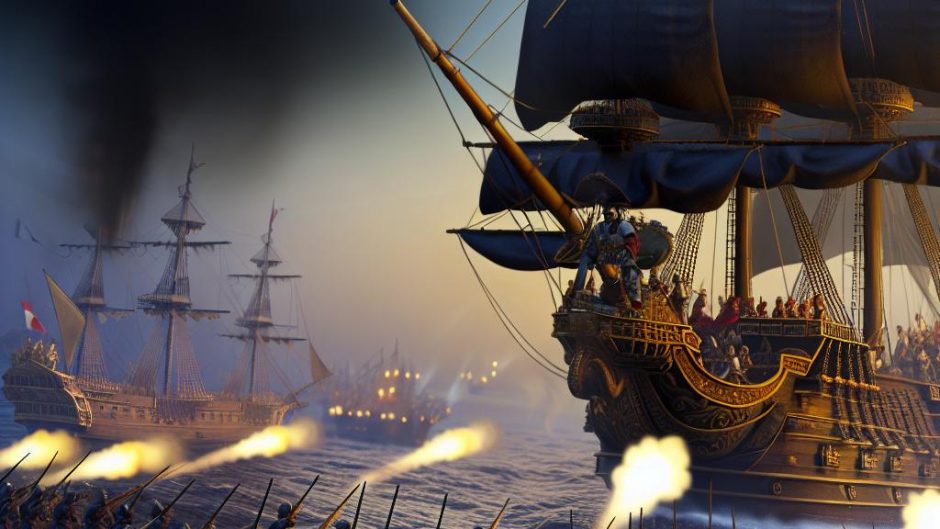

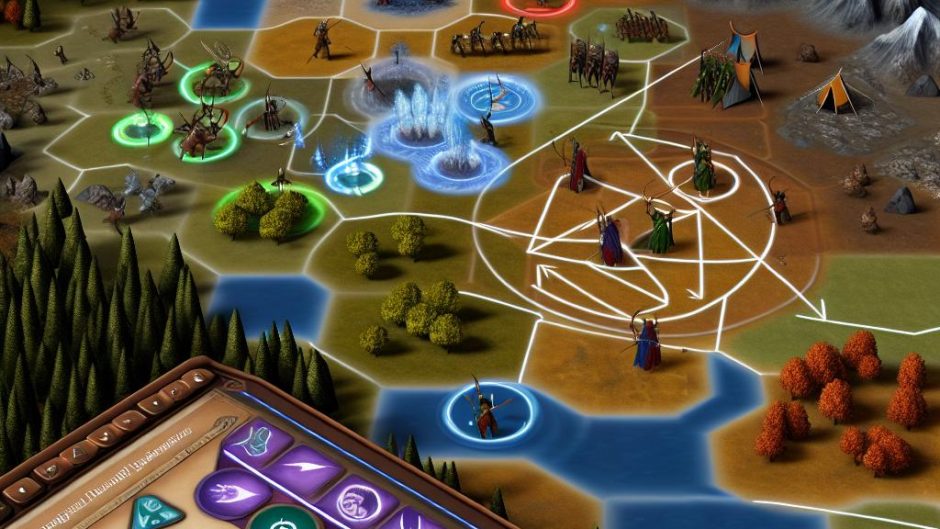
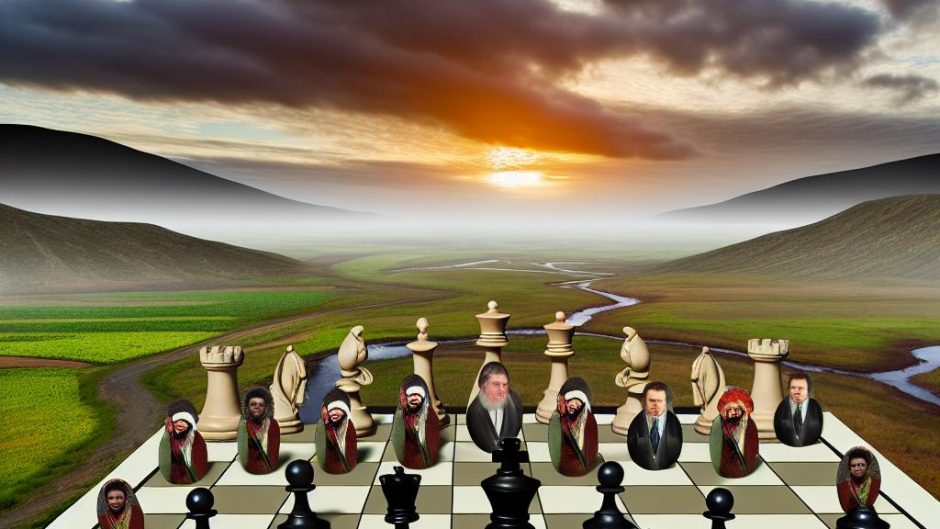
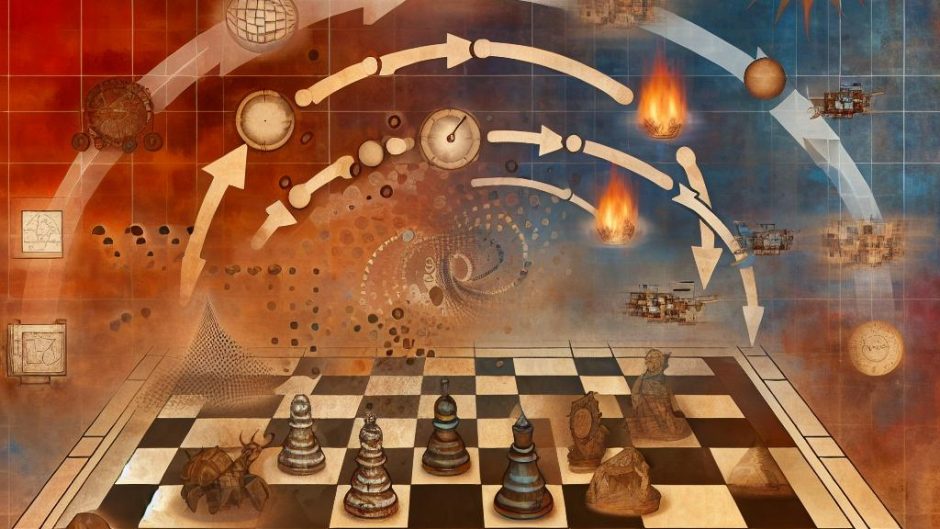


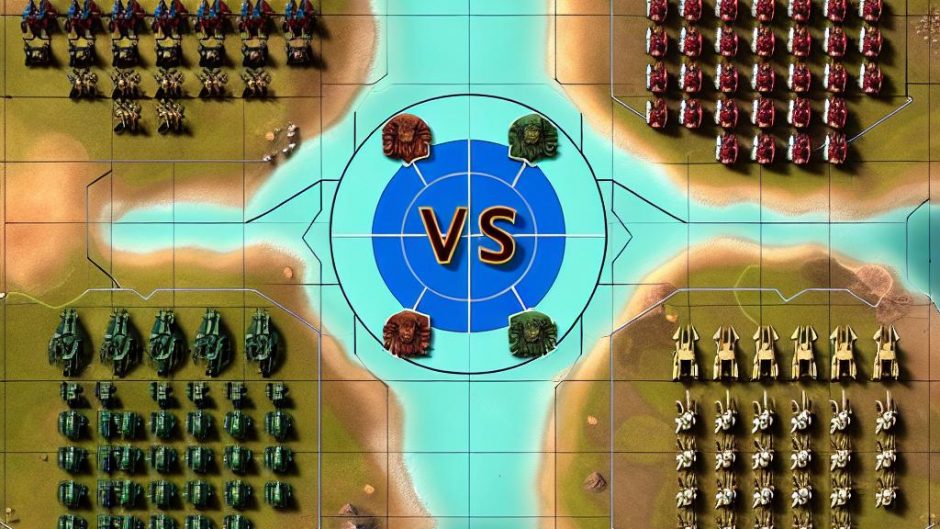

Recent Comments